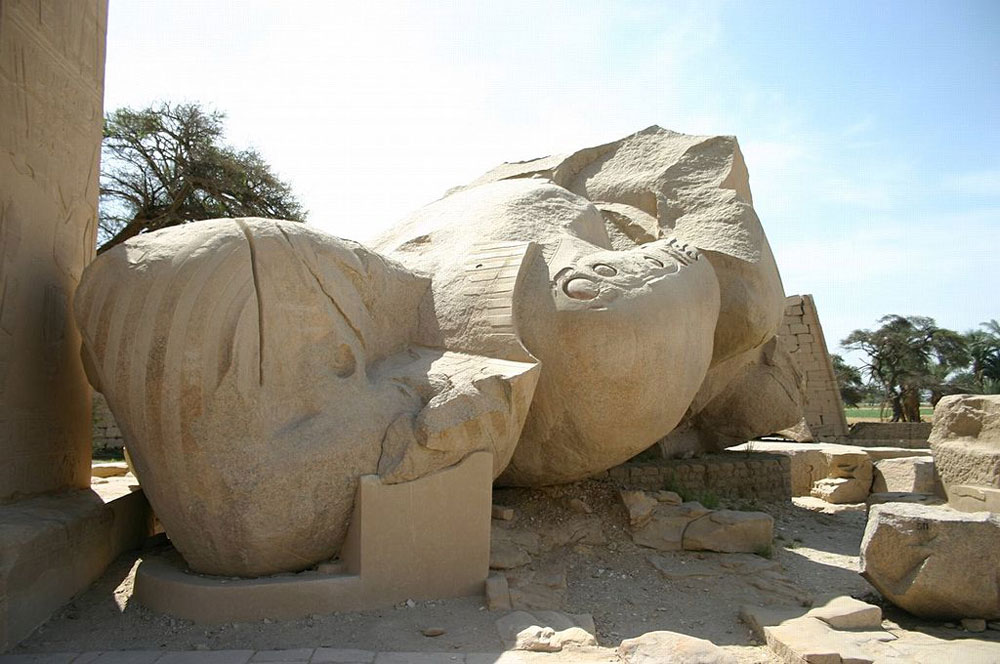
October 7, 2020; Wall Street Journal
The bigger they are, they say, the harder they fall, and Terry Teachout, drama critic for the Wall Street Journal, suggests this may be on the mark when it comes to what he calls “the modern arts acropolis.”
Teachout writes that the Metropolitan Opera, a linchpin of the Lincoln Center complex, was in trouble even before the pandemic hit, but just two weeks ago cancelled the rest of its 2020-21 season. The Florida Repertory Theatre and Chicago’s Joffrey Ballet have recently done the same, and they are unlikely to be the last.
Sign up for our free newsletters
Subscribe to NPQ's newsletters to have our top stories delivered directly to your inbox.
By signing up, you agree to our privacy policy and terms of use, and to receive messages from NPQ and our partners.
To any sense of general and pandemic-related malaise, he says, these organizations must add the costs of facilities that are simply too big for them to be as flexible as they will need to be in the future. These facilities were made in another era, where collecting world-class arts organizations in a single performance hub made some conceptual sense in terms of the power to anchor an upscale neighborhood and attract patrons.
Teachout puts the blame on New York’s powerful “master builder” Robert Moses, who built a model at Lincoln Center that was replicated around the country, including at Atlanta’s Cobb Energy Performing Arts Centre, Miami’s Adrienne Arsht Center, Dallas’s AT&T Performing Arts Center, and Washington’s Kennedy Center. Many of these replicants don’t have Lincoln Center’s cultural pull, and never quite worked financially. Now, he writes, in the face of “devastating loss of revenue and the understandable reluctance of audiences to risk infection by attending public performances, they have no choice but to come up with a new financial model, one that includes such drastic remedies as tearing down or gutting their existing auditoriums and replacing them with smaller, more flexible spaces.”—Ruth McCambridge













